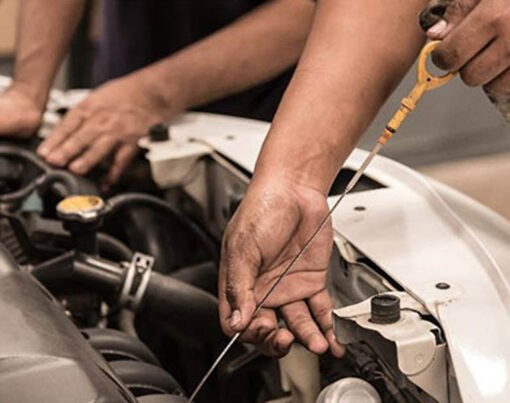In the realm of automotive history, few genres have captured the imagination and passion of enthusiasts like the classic muscle car. Born in an era of exhilarating performance and daring designs, these vehicles have experienced a remarkable resurgence. This resurgence is not just a fleeting trend but a profound recognition of their timeless appeal and cultural significance.
Table of Contents
Origins and Evolution
The muscle car era, predominantly a phenomenon of the 1960s and 1970s, was a product of a unique set of circumstances. In this period, American car companies were in fierce competition, pushing the boundaries of automotive performance and design. These vehicles were characterized by their robust, high-performance V8 engines and distinct, bold styling. They weren’t just automobiles; they were statements of power, freedom, and rebellion.
Design Aesthetics: More Than Just Muscle
While the brawny engines were the heart of these cars, their soul was in their design. Muscle cars boasted a look that was unmistakably aggressive and stylish. From the sleek curves to the imposing grilles and the broad, muscular stances, these cars exuded confidence and power. Each model told its own story through its design, yet all spoke the universal language of unbridled power and allure.
The Downfall and the Unexpected Revival
The decline of the muscle car era in the late 1970s was a consequence of various factors, including fuel shortages and changing environmental regulations. This shift led to a period where muscle cars took a back seat, paving the way for more fuel-efficient and environmentally friendly vehicles. However, in the past few decades, there has been a significant resurgence in their popularity. This revival can be attributed to a blend of nostalgia, the timeless allure of their designs, and the thrill of their mechanical performance.
Collectibility and Modern Renditions
The collectibility of classic muscle cars has skyrocketed, with enthusiasts and collectors willing to invest significantly in these pieces of automotive history. In response to this growing interest, modern automakers have introduced new models that echo the spirit of the classic muscle cars. These contemporary versions blend the raw appeal of their predecessors with modern technology, offering a bridge between the past and the present.
Branding: The Power of a Symbol
The branding and iconography associated with muscle cars have played a crucial role in their identity. The use of symbols like a horse logo car was more than just a marketing strategy; it became a symbol of the car’s character and its owner’s identity. This iconic imagery was not only a testament to the vehicle’s speed and strength but also a reflection of the cultural ethos of the era.
Adapting to the Future
As we move further into a new era of automotive technology, particularly with the advent of electric vehicles, the essence of muscle cars is poised for transformation. The potential for electric powertrains to enhance performance could redefine what a muscle car can be, blending the old with the new in exciting ways.
Conclusion
The renewed interest in classic muscle cars is a celebration of their enduring impact. These cars were more than just modes of transport; they were symbols of a particular time, blending power, style, and cultural significance in a unique way. As the automotive world continues to evolve, the essence of the muscle car – its spirit of raw power and distinctive design – endures, proving that some legacies never fade.










